In today’s political climate, it feels like all eyes are on Washington, D.C. The city’s museums and organizations are responding to the times, as well, like the Smithsonian Institute, offering varying perspectives on our current climate through exhibitions and programming. One of such exhibitions recently opened at the Hirshhorn Museum and Sculpture Gardens—Ai Weiwei’s solo exhibition, “Trace.”
“The Hirshhorn is breaking new ground, engaging people of all ages in enormously creative ways,” said Smithsonian Secretary David Skorton. “The recent Kusama exhibition, along with the premiere of this Ai Weiwei installation, are perfect examples of what we have come to expect from the Hirshhorn under the leadership of [director] Melissa Chiu.”
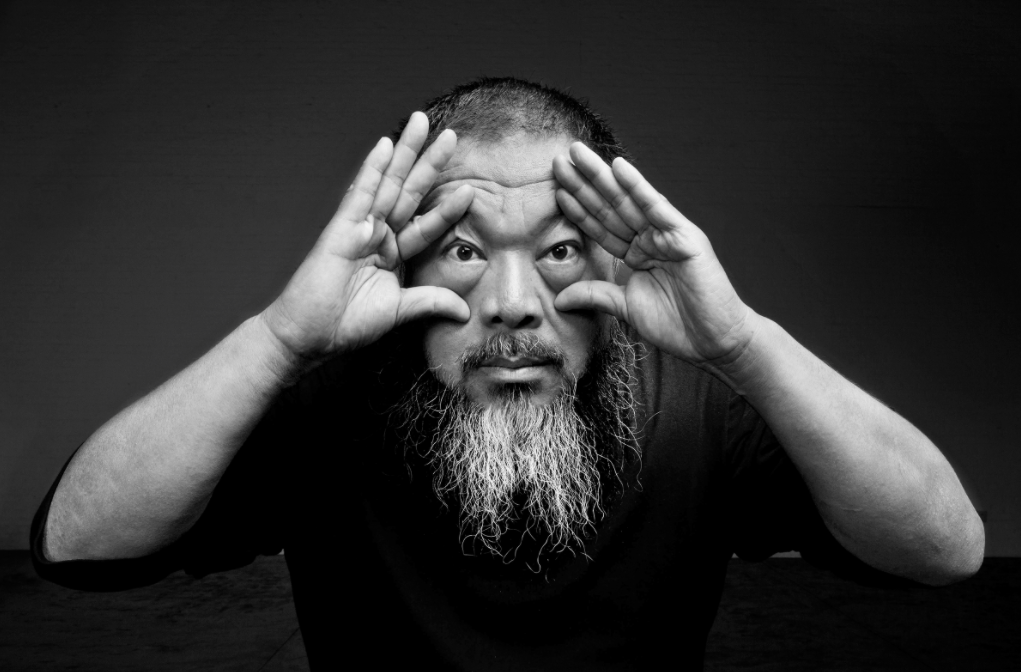
Portrait of Ai Weiwei.
Image courtesy of Ai Weiwei Studio.
Courtesy of the Hirshhorn Museum and Sculpture Garden.
“Trace” first debuted in 2014 as a site-specific installation at the former Alcatraz Federal Penitentiary in San Francisco—through a collaboration between the FOR-SITE Foundation, the National Park Service, and the Golden Gate Park Conservancy—and attracted over 1 million visitors, although Weiwei was also unable to attend that opening.
The reason for his absence dates back to 2011, when Weiwei was incarcerated, interrogated, and held under surveillance by the Chinese government for 81 consecutive days. After continuous conflict with the Chinese government over his artwork, which has increasingly become more focused on activism, Weiwei was arrested for purported tax evasion. He was prohibited from traveling outside of the country until 2015. (In 2012, the Hirshhorn hosted the artist’s first U.S. retrospective, which Weiwei was also unable to attend.)
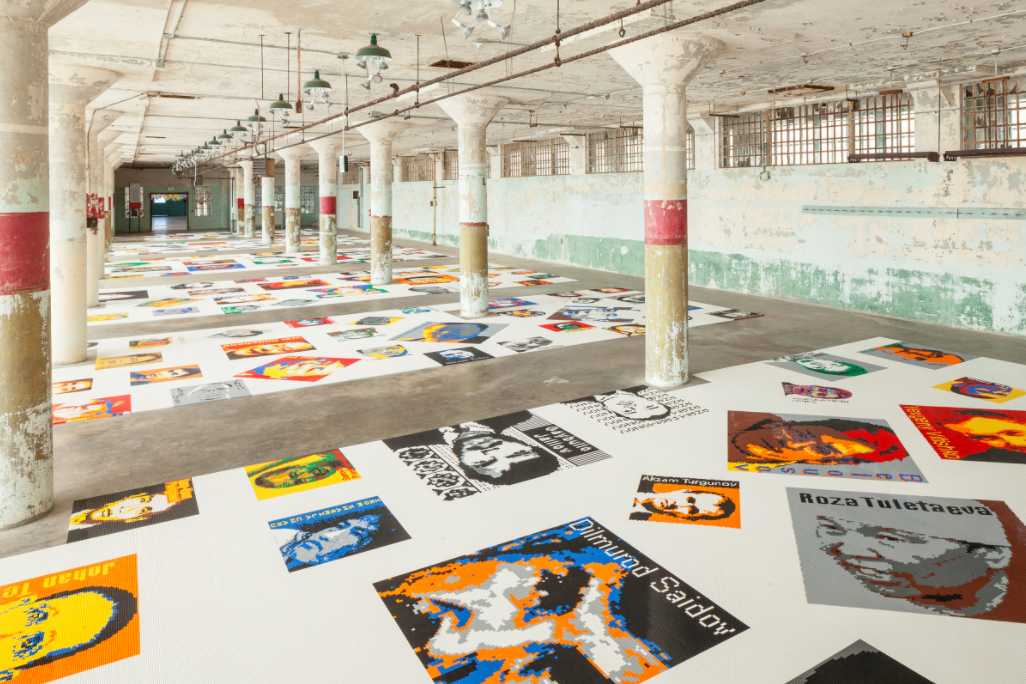
Ai Weiwei, Trace, 2014. Installation view on Alcatraz Island, San Francisco. Image courtesy of Ai Weiwei Studio.
Courtesy of the Hirshhorn Museum and Sculpture Garden.
The current iteration of the show, which opened at the end of last month, is spread out over 700 feet on the museum’s second floor. Featuring 176 pixelated portraits made from approximately 1.2 million LEGOs (a material inspired by his five-year-old son), the work showcases people around the world who Weiwei considers “prisoners of conscience.” Each of the second floor’s six zones features about 30 portraits, with images of people—like Edward Snowden, Gambian accountant and politician Amadou Sanneh, Iranian developmental psychologist Fariba Kamalabadi, and Bahraini human rights activist Naji Fateel—assembled by hand.
Special for this exhibition, as well, are two graphic wallpapers, featuring images of surveillance equipment—the gold-colored The Animal That Looks Like a Llama but is Really an Alpaca, and the black-and-white The Plain Version of the Animal That Looks Like a Llama but is Really an Alpaca.
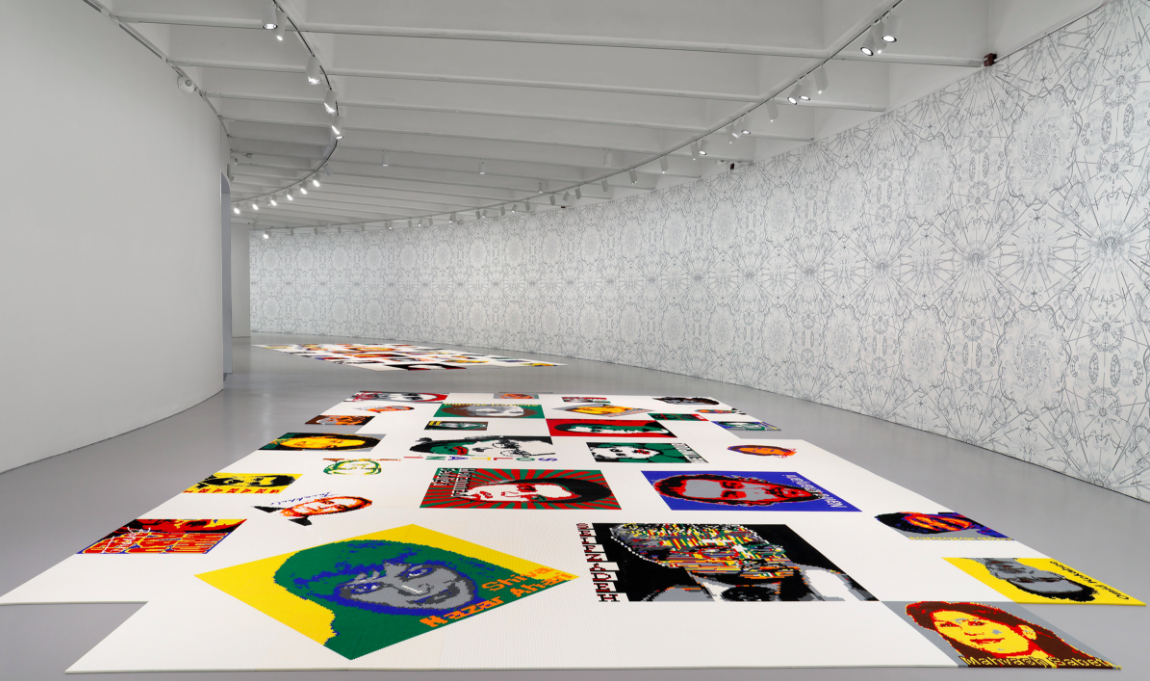
Ai Weiwei, installation view of Ai Weiwei: Trace at Hirshhorn at the Hirshhorn Museum and Sculpture Garden, 2017.
Photo by Cathy Carver.
Courtesy of the Hirshhorn Museum and Sculpture Garden.
“As a leading voice for 21st-century arts and culture, the Hirshhorn is dedicated to showcasing the most impactful works in global contemporary art,” said Chiu at a press preview on June 27. “Throughout his distinguished career, Ai has redefined the roles of both an artist and an activist. With the Hirshhorn’s 2012 retrospective of his work, museum goers looked back at his creative output during the previous two decades. With this new presentation, visitors will experience a special focused consideration of Ai’s most influential and critically acclaimed recent works.”
This time around, the artist was in attendance, participating in a talk in the museum’s Ring Auditorium the night before the opening of “Trace,” marking his first public appearance in Washington D.C.
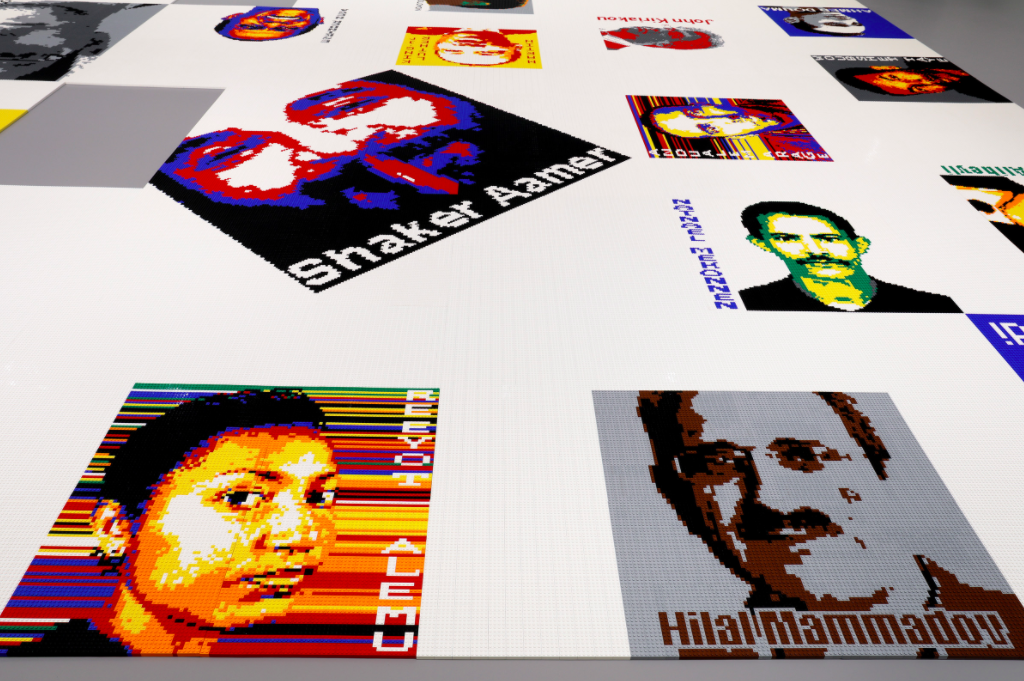
Ai Weiwei, installation view of Ai Weiwei: Trace at Hirshhorn at the Hirshhorn Museum and Sculpture Garden, 2017.
Photo by Cathy Carver.
Courtesy of the Hirshhorn Museum and Sculpture Garden.
“Trace” is on view at the Hirshhorn Museum and Sculpture Gardens through January 1, 2018.
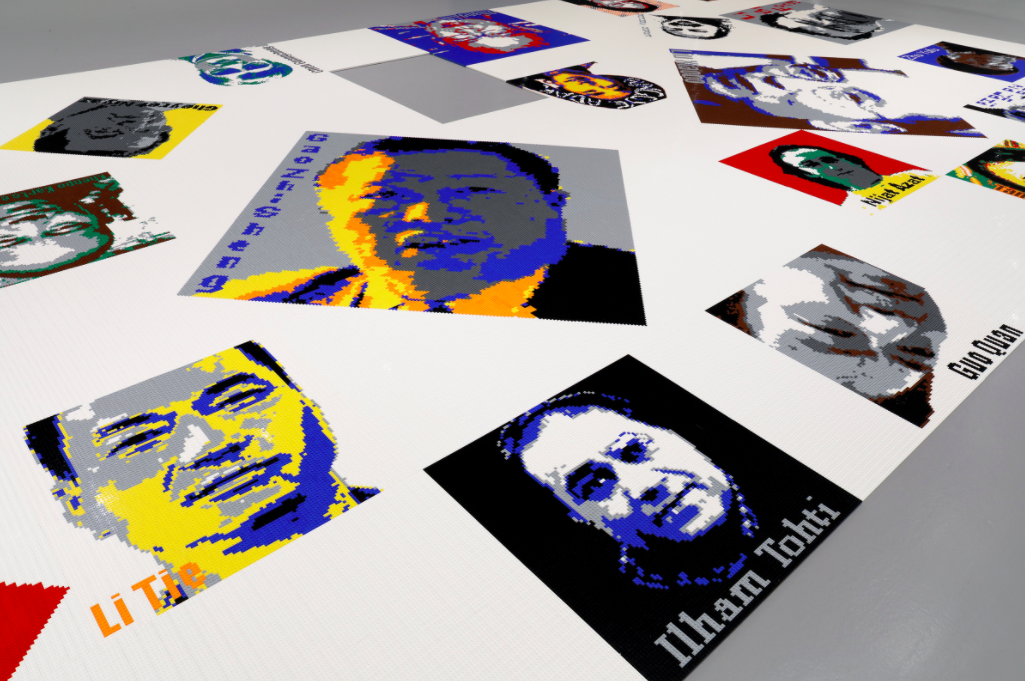
Ai Weiwei, installation view of Ai Weiwei: Trace at Hirshhorn at the Hirshhorn Museum and Sculpture Garden, 2017.
Photo by Cathy Carver.
Courtesy of the Hirshhorn Museum and Sculpture Garden.









